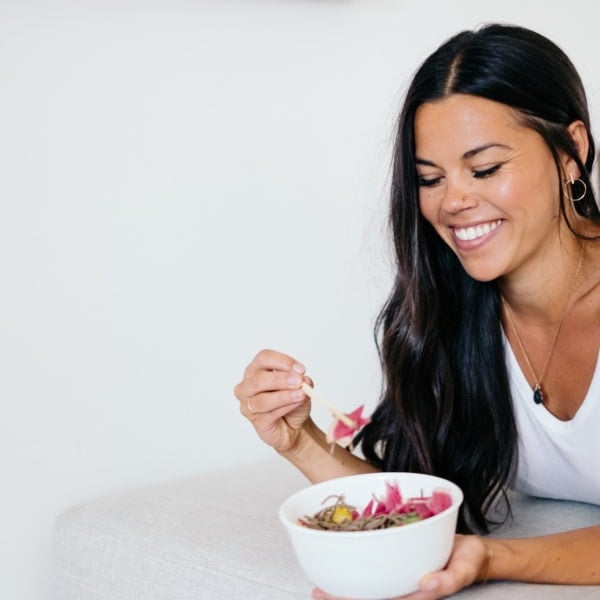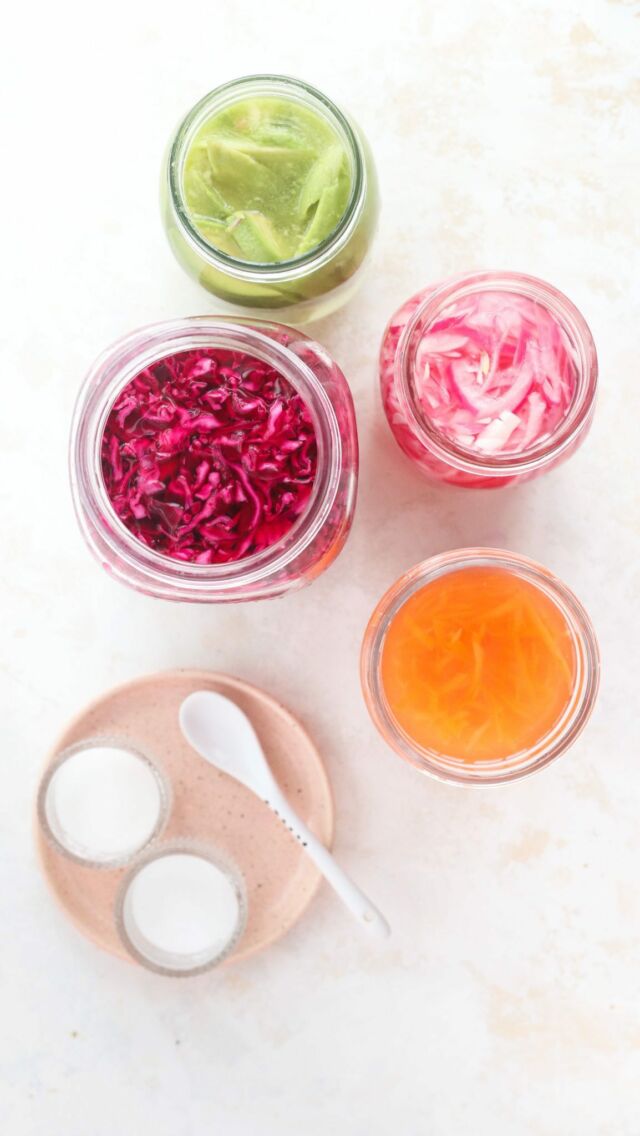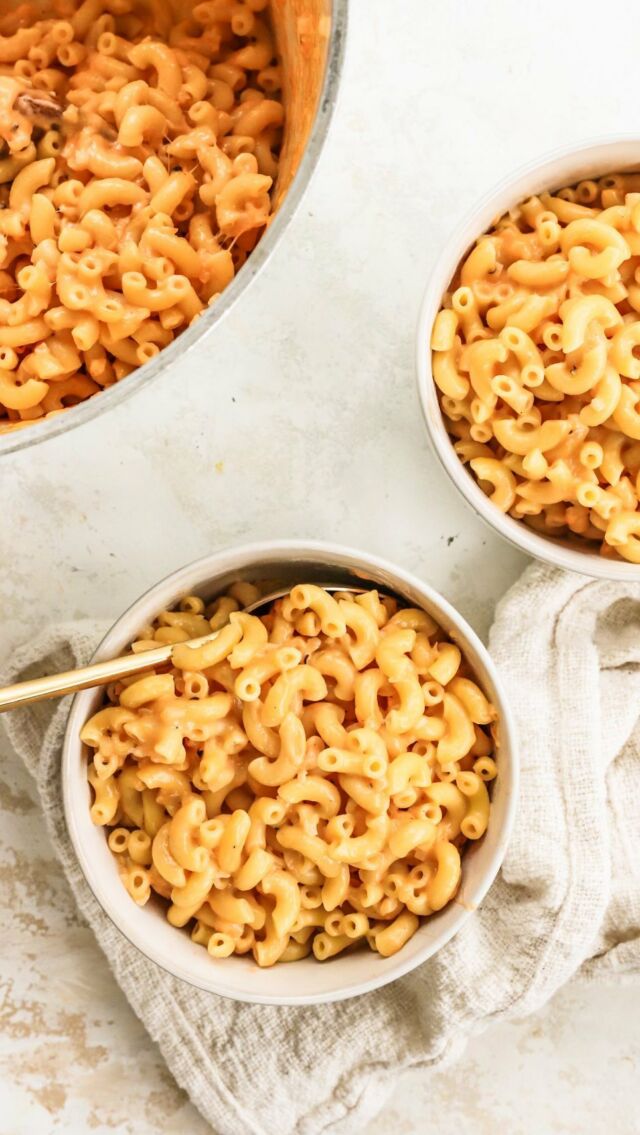Is exercise something that you dread? Do you find yourself falling into the same all-or-nothing mentality around exercise and dieting? If yes, we have you covered. Today on the blog we discuss a different way of approaching exercise that is meant to empower you and provide intrinsic motivation (that motivation that comes from within rather than external sources)- joyful movement. We dive into what it is, why it’s important, how it’s related to the ten principles of intuitive eating and 4 tips get you started now!

We’ve been told time and time again that we need to exercise to improve our health and we know that the benefits are real, so then why is it so hard to stay motivated to exercise?
I want to ask you this, how would you describe your relationship to exercise? Here are a few questions to consider –
- Is it something you dread doing?
- Is it something you force yourself to do to compensate for what you ate before?
- Do you notice you tend to spend hours in the gym for weeks at a time, only to burn yourself out?
- Is moving your body something that you ‘have’ to or ‘should’ do?
- Does the thought ‘I hate exercise’ come up for you, a lot?
If these scenarios sound familiar to you, you’re not alone. If you’ve ever struggled with maintaining a consistent exercise routine or find it difficult to get started at all, it may be because you’re viewing movement as something you have to do as opposed to something you want to do. This makes total sense, given how much pressure we all feel living in a society that equates thinness with health and moral virtue.
As intuitive eating dietitians, we’re here to tell you that there’s another way! Today on the blog, guest author and intuitive eating dietitian, Ally Choo, takes us through what joyful movement is and how to actually look forward to and consistently move your body in a way that feels good. We also dive into why joyful movement is important, how joyful movement fits into intuitive eating, 4 tips to find your joyful movement, and how to put it all into practice.
In this blog we will cover:
- What is Joyful Movement?
- Why is Joyful Movement Important?
- Joyful Movement & Intuitive Eating
- 4 Tips to Find Your Joyful Movement
If you’re particularly interested in any of the above, just click the link to jump to that section!
So let’s begin. Off the top, we often hear these two questions:
Incorporating joyful movement regularly into your routine can not only reduce your risk for certain disease, but can improve your mood, cognition, and strength. Read more about that here.
Intuitive movement, also known as joyful movement, can be practiced by tuning inwards to how your body feels to determine what type, duration, and intensity of movement your body needs in that moment – it involves incorporating playfulness and choosing movement you actually enjoy! Read how here.
Ready to Transform Your Relationship with Food?
Explore not just what you eat but why you eat, how you feel when you eat and any patterns that affect how you feel or impact any choices you make and start your journey to food freedom today!
What is Joyful Movement?
When it comes to joyful movement, it all comes down to intention. Joyful movement, also known as intuitive movement, is choosing to move your body not because of how many calories you’ll burn or if it will lead to weight loss, but because of the positive mood and health benefits that come with consistent activity.
Joyful movement pulls in the practice of mindfulness to tune inwards to how your body feels instead of externally tracking calories, steps, or minutes on a machine. Tuning into how your body feels during and after movement can help you determine what type, duration, and intensity of movement your body needs. This may look like a gentle yoga practice if your mind is busy and your muscles are sore or it may look like a brisk jog in the morning because you notice you feel more alert and awake after. Joyful movement emphasizes choice, pleasure, and rest and recognizes that all movement is morally equal and dependent on what may be accessible to you.
As human beings, it’s natural for us to want to continue doing what feels good. When we focus on how we feel and pursue movement that feels good, we become more motivated to continue.
Why is Joyful Movement Important?
It is widely accepted that exercise has many benefits when it comes to our health, however it’s difficult to stay motivated when it’s not enjoyable or when the promise of weight loss doesn’t come fast enough, if at all. This is why embracing joyful movement is so powerful, as shifting our focus away from weight loss and viewing movement as a form of self care can help us consistently reap the physical and mental health benefits, which include:
- Reduced risk of chronic diseases such as heart disease, stroke, depression, osteoporosis, and type 2 diabetes
- Increased muscle mass and strength
- Improved stamina
- Better sleep quality
- Improved stress tolerance and mood
- Higher bone density
- Improved cognition and memory
- Improved appetite regulation
Ready to Transform Your Relationship with Food?
Explore not just what you eat but why you eat, how you feel when you eat and any patterns that affect how you feel or impact any choices you make and start your journey to food freedom today!
Joyful Movement & Intuitive Eating
How does joyful movement tie into Intuitive Eating? Within the 10 Principles of Intuitive Eating, the concept of joyful movement is covered under Principle 9 Movement – feel the difference. While many critics of the intuitive eating movement claim that this framework is anti-health, this couldn’t be further from the truth. What joyful movement embodies is finding movement that works with your body, your abilities, and your life so that you can sustainably and consistently move in a way that feels good.
4 Tips to Find Your Joyful Movement
Rest.
It’s okay to rest. Period. Especially if you’re coming from a place of compulsive exercise or using exercise as a form of punishment because you’re feeling guilty after eating or are making up for breaking diet rules. Resting is imperative for proper muscle repair and recovery. It may be worthwhile to get curious around what comes up for you during your time of rest. It might be helpful to explore any recurring themes or beliefs that arise with a trusted counselor or intuitive eating dietitian. Come back to movement when you’re ready.
Focus on how it feels
Joyful movement should rejuvenate you, alleviate stress, provide enjoyment and pleasure, and further the bond between your mind and body. Focus on how movement makes you feel before, during, and after you perform an exercise. Consider how this movement impacts your ability to handle stress, your energy levels throughout the day, your sense of empowerment, and your sleep quality. This information can help you tune inwards and determine what type of movement would benefit you the most day to day.
Incorporate playfulness
I was first introduced to playfulness in movement from my go-to friend and colleague, Christabelle Pausey, who is a movement coach and somatic therapist based in Vancouver. Christabelle led a group of us through a pilates class with one surprise element… Jenga pieces! We had to balance at different levels while keeping one jenga piece stacked on top of another. The light heartedness of this movement brought us out of our heads and into the present moment as we focussed our attention on keeping the pieces balanced. Incorporating an element of play is especially helpful when you start to hear your inner critic.
I asked Christabelle to give us some tips on how to further incorporate play into our movement practice:
- Remember that movement doesn’t have to be something you consider “exercise”, any movement is good movement! This includes walking, moving around/dancing to music… even rolling around on the floor.
- When challenging yourself, it should feel playful, not exhausting. Exertion is about finding the right dose – too much and you feel incapable and discouraged, too little and it’s not stimulating enough.
- Remember that PLAY is the boss! Approach your movement practice with child-like curiosity and add some games in – toss around a ball or challenge your balance. This will help create a pleasurable, sustainable, and dynamic movement practice that responds to the state of your body and mind each day.
Find activities that bring you genuine enjoyment
Consider if you enjoy being physically active with others or by yourself? Outside or inside? In a group setting or playing a game? One of our Make Food Feel Good members found a lot of value in signing up for Classpass (a pass that allows you to try multiple different classes, if you don’t have Classpass there are likely others similar in your area!) as it allowed her to try a variety of activities such as dance, barre, and kickboxing. Make a list of activities that bring you joy or that you would like to try – from Wii Tennis to rock climbing and everything in between, find what works for you!
How to Put it into Action
Now that you have a better understanding of what joyful movement is and how it differs from militant exercise, try out some of the above tips to help cultivate satisfaction and enjoyment in movement. Continually check in with your intention and your experience to get clear on what movement truly feels good.
Now Over to You
- What movement brings you genuine enjoyment? Why?
- Do you prefer to be active alone or with other people?
- Any questions on joyful movement that we missed?
Share with us in the comments below or take a screenshot and share it with us over on Instagram! And if you found this post helpful, pass it along to a friend or family member who could benefit from it too!
Looking for More Support?
Looking for support to end the diet cycle, trust your body and learn the nutrition that feels amazing for YOU? Learn more about my Make Food Feel Good Program here where hundreds of women have found lasting success through my proven framework and step-by-step guided support. Let’s Chat!









Leave a Comment & Rate this Recipe